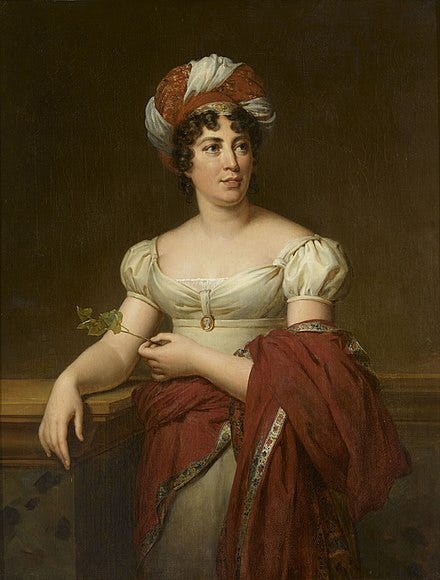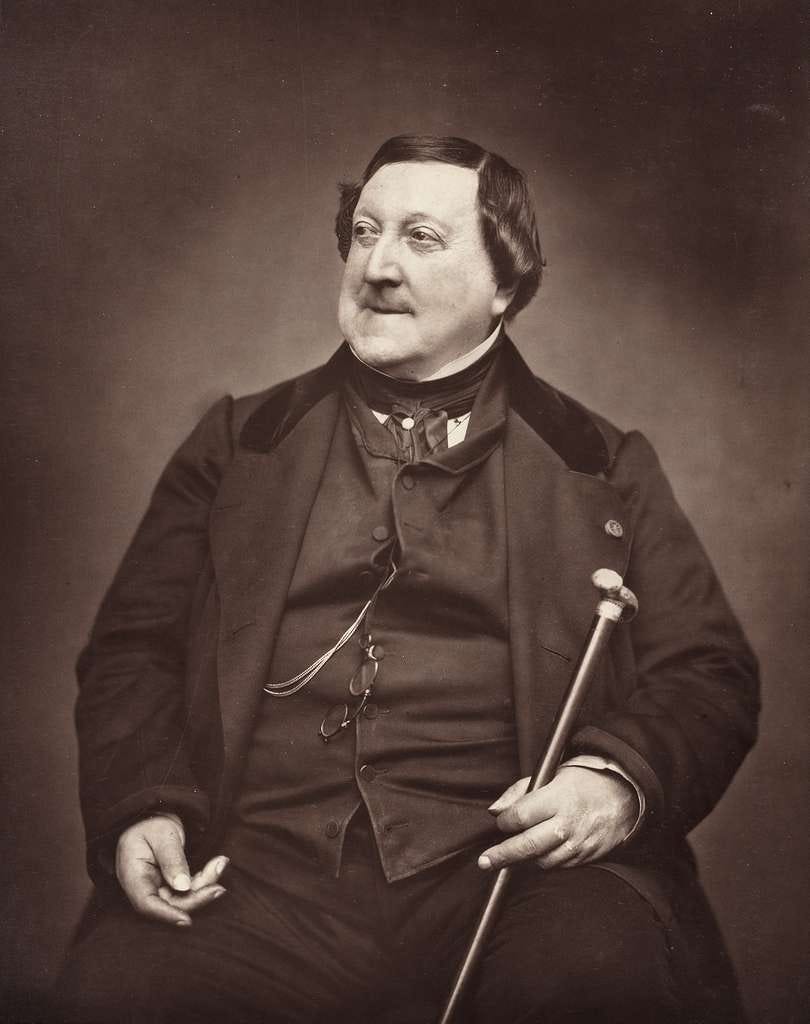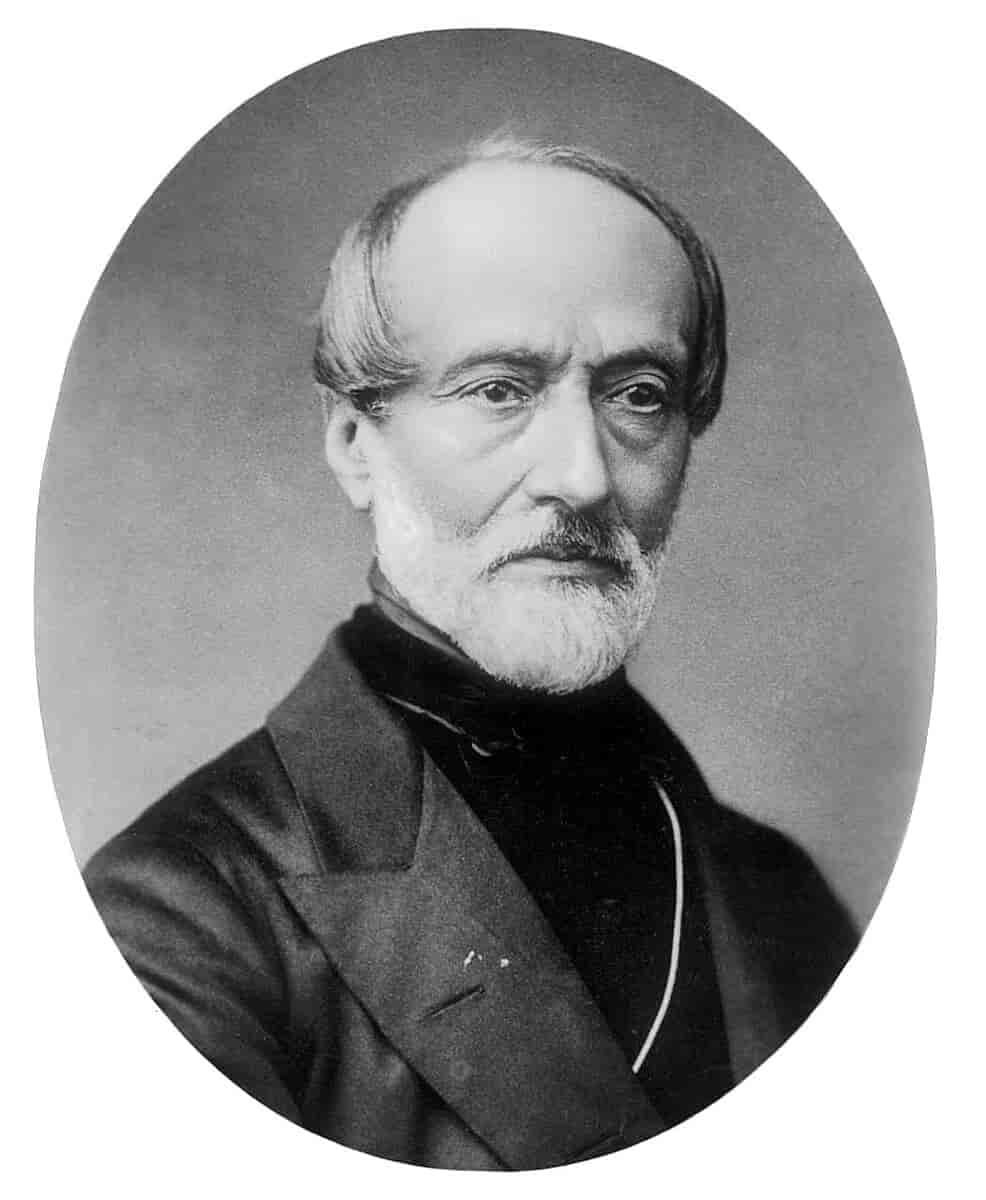The Italians and Germans have always differed greatly in their music, culture, and philosophy. Language and religion often factor into those differences as well, as do their geographies and histories. Musically, these differences peaked in the 19th century after years of distinct evolution. Along with the tides of nationalism, both peoples (and regions) were keenly invested in revisiting their pasts as roadmaps for future cultural development, albeit in very different ways. Coming out of the Enlightenment, a burst of creativity and innovation in literary and artistic endeavors spurred further thought on where this newfound passion should proceed, how it should be guided and nurtured, and what purpose it would serve in larger conflicts. Music often found itself at the forefront of these philosophical battles, adapting and evolving with time to accommodate differing streams of thought. In a series of posts, I want to discuss these musical-ideological battles, examining how 19th-century opera in Italy, with an emphasis on Giuseppe Verdi’s (1813–1901) works, broke from the classicist approach, and inadvertently exhibited the therebefore distinct German notions of form, in particular those stemming from the philosopher Georg Wilhelm Friedrich Hegel (1770–1831). “Form” in particular is a tricky concept here, and I will revisit it in various contexts.
Before we begin, a fair warning to readers that this series is the most theoretically dense of all my blogposts so far. As a reminder to old readers and a note to new, “theory” refers not to practical guides on producing music or rules about chords or melody; it is a speculative, philosophical discipline whose aim is to understand and unpack the knowledge behind music. And finally, this series is a reworking of my final paper for a graduate music course on the History of Music Theory, taught at the University of Chicago by Professor Steven Rings.
Italian Opera Before Verdi: Classicists and Romanticists
Italian opera and literature had stagnated by the early 19th century, and the way forward was under dispute. Gary Tomlinson, in his 1986 article “Italian Romanticism and Italian Opera: An Essay in Their Affinities”, details contemporary critiques from both north and south of the Alps. One among these is from Anne-Louise-Germaine Necker, Madame de Staël-Holstein (1766–1817), an influential French intellectual who took issue with the Italians’ obsession with past glories and accomplishments in literature and music, framing it as an impediment for artistic progress. To give an example of her complaints:
You will say to me that in Italy people go to the theater not to listen, but to meet their close friends in the boxes and chat. And I will conclude from this that spending five hours a day listening to the so-called words of Italian opera can only dull, through lack of use, the intellect of a nation.
The periodical Il conciliatore, published in 1818 by Italians sympathetic to Mme. De Staël’s criticism, published articles urging the use of pan-European literary ideas as a vehicle for progress.

Despite their support for pan-European literary influences, the Romantics remained fervent nationalists. They firmly agreed with their classicist opponents that Italian national identity needed protection in the arts. Indeed, writing in the aftermath of the Napoleonic Wars and Austrian occupation of Italy, they would have been wary of a Germanic or French takeover of Italian culture. The solution, then, was to borrow and learn from north of the Alps not to alter Italian literary culture, but to expand it beyond its dependence on historical and mythological sources. This was, to the Romantics, exactly what their forebearers like Dante and Tasso among others had achieved. Their goal was innovation within the cauldron of Italian society and culture, using their contemporary ideals and accounts to perfect their art. While the Classicists represented an era of looking back to the ancients, mythology, and allegory, the Romantics argued for fresher material from the Christian era, looking to European history instead.
Where did music fit in this scheme? Nowhere at first, explains Tomlinson: “In 1818, a Romantic melodrama was inconceivable to the chief Italian champions of progressive literary fashion.” Italian opera was, at the turn of the 19th century, not even considered worth the same study as other forms of performance. Under good composers, opera could tickle the heart and maybe incite spontaneous exclamations from audiences. It was hardly expected to have the dramatic and emotional impact as, say, a Shakespearean tragedy. The Romanticists, therefore, did not want to transition music from Classicist to Romanticist tropes but to wright an entirely new, integrated species of dramma per musica.
This was easier said than done. Gioacchino Rossini’s (1792–1868) operas show Classicist as well as Romantic features, suggesting ambivalence to the distinction. His personal style was less inclined toward Romantic ideals, despite his recognition and appreciation towards these new modes of expression. His operas often begin with energetic, soaring overtures, which have nothing to do with the drama itself. The recitatives lack emotional complexity, and the arias contain endless runs and superfluous, virtuosic lines. At the same time, Rossini embraced innovation ever more firmly as he progressed in his career, using scintillating musical color, changing structure, and less emphasis on showy arias and more on character ensembles to portray rich psychological dramas– all while not completely letting go of the previous, Classicist characteristics.

The Romantics did, however, find a passionate spokesman for their cause in Giuseppe Mazzini (1805–1872), an idealist and activist who “called on opera to immerse itself in and reflect the local color of the time and place in which its action was set.” In practice, this meant exactly what the Romanticists wanted– a pull away from what they saw as a distortion of reality and a heavy investment in historical reality. He declared war on the Classicist vision, which he saw as objectively wrong. Composers like Vincenzo Bellini (1801–1835), who dipped their toes into the waters of Romanticism and then timidly shied away, drew Mazzini’s ire. Rossini, on the other hand, had abandoned his ambivalence to become a transition point in Italian opera with his later career producing more Romanticist masterworks. A perfect use of “local color” to paint dramatic reality would be, wrote Mazzini, setting an opera in Medieval or Renaissance Venice, for example:
Venice-voluptuous, carefree, heedless, but mysterious and terrible, where life was consumed between love and terror, between a palace and a prison, between the sigh of a young beauty wandering through the evening breezes of the lagoon, and the muffled wail of an orphan drowned in the canal.
Gaetano Donizetti’s (1797-1848) Lucrezia Borgia (1833) used this setting, as did others later in the 19th century. Mazzini heralded Donizetti as a “progressive genius” at his peak, only to lose this innovative courage in later years and not go nearly far enough.
Another key ingredient for Mazzini was elaborate and unique characterization. Mazzini wanted to exploit human differences between every character to the fullest, rather than fitting different characters with the same musical and structural frameworks that had led opera into decline. This is where the arias of old needed to get off center stage in favor of a revised form of recitative, more effective at speaking from the heart. Even the chorus needed greater profundity, instead of being relegated to living out its days as a passive backbencher. All these musical innovations would obviously need strong support from literary ones; Mazzini wanted poets to excel in producing dramas which would inspire new composers.

In the remainder of his essay, Tomlinson sketches how Verdi strove to learn from Donizetti’s Romantic phase, gearing his music towards Mazzini’s ideals. In the next post of our series, I will follow Verdi’s musical evolution through his contemporary critic, Abramo Basevi, showing how he achieved Mazzini’s dual aim of “local color” associated with a fixed time and place, and the use of melody as an instrument for characterization. Basevi published a survey of Verdi’s operas in 1859; this provides a firsthand perspective on Verdi’s compositional process, its perception among experienced and amateur audiences, and reveals a theory of form. Next, I will proceed north of the Alps to dissect abstract German thought on musical form and structure, with Adolph Bernhard Marx’s Hegelian conceptions of form defining this stream of thought.
References
Tomlinson, Gary. 1986. "Italian Romanticism and Italian Opera: An Essay in Their Affinities." 19th-Century Music(University of California Press) 10 (1): 43-60.



